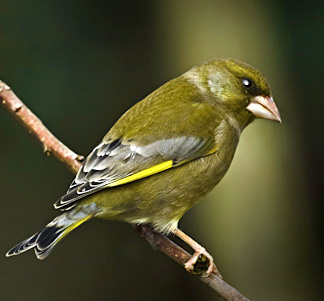home contact gallery
nature blog
Submit Your Records & Comments Here
new gallery!
Goldfinch
Another regular bird to visit the woodland feeders during the winter was the goldfinch, which normally arrived in small troupes of five or six. Unlike its dainty appearance on the wing, it is a hardy survivor. Where food is concerned, the bird is occasionally inclined to a defensive or threatening display - the posture shown here is definitive and shows what a tough guy it can be.
Robin
Robin - one of the best images from the extemporary hide I set up in the clearing. A lovely tame bird in the garden, this more cautious 'woodland' robin was still up for some aggression when another redbreast came into it's feeding territory.
Greenfinch
Greenfinch - The greenfinch had become scarcer in 2009 but a pair were seen feeding in the sloes prior to the early winter snows of 2010 and are back breeding by the allotment gate 2011 - 2013. To catch up on this and other stories you can log into my daily nature blog.

 index4411.jpg) Gatekeeper
Gatekeeper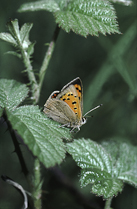
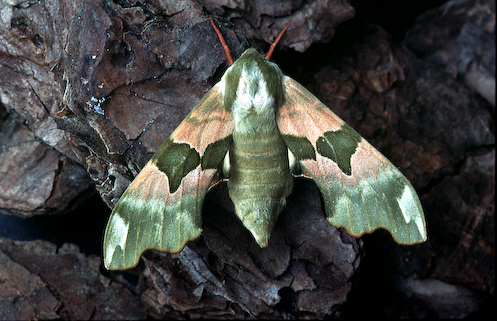

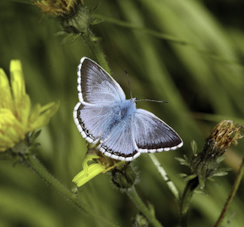

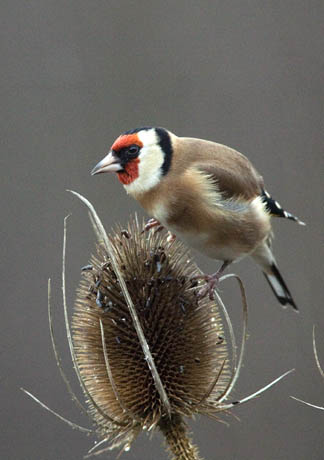
.jpg)
